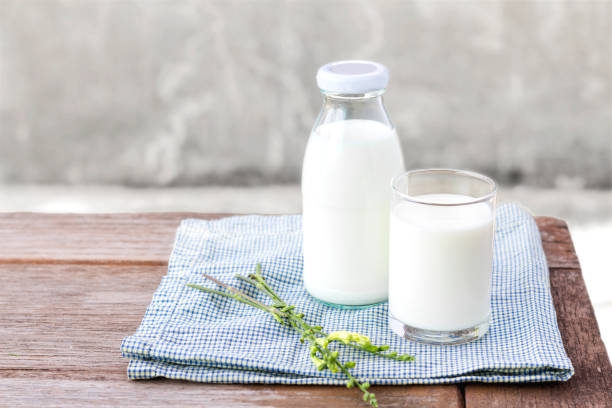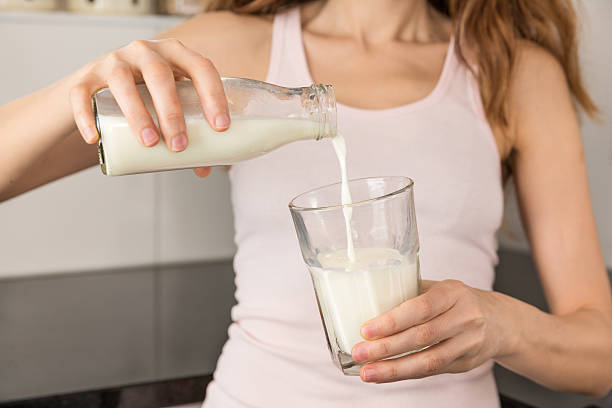Carbohydrates are an essential macronutrient that play a crucial role in providing energy to the body. While many people tend to focus on limiting their carbohydrate intake, it’s important to remember that not all carbohydrates are created equal and that they play an important role in a balanced diet. One food that many people often wonder about when it comes to carbohydrates is milk. So, how many carbs are in a glass of milk?
The answer to this question depends on the type of milk you choose to drink. Whole milk contains approximately 12 grams of carbohydrates per 8 ounces, while skim milk contains approximately 11 grams of carbohydrates per 8 ounces. Fat-free milk contains about the same amount of carbohydrates as skim milk, at approximately 11 grams per 8 ounces.
It’s important to note that the carbohydrates in milk are primarily lactose, which is a type of sugar. Lactose is a natural sugar that is found in milk and is a primary source of energy for the body. It’s also important to note that many people are lactose intolerant, meaning that they have trouble digesting lactose and may experience symptoms such as bloating, gas, and diarrhea after consuming milk or other dairy products.
The amount of carbohydrates in a glass of milk varies based on the type of milk and its fat content. A cup of whole milk contains approximately 12 grams of carbohydrates, while the same amount of 2% milk contains about 11 grams of carbohydrates. Skim milk contains about the same amount of carbohydrates as 2% milk, with around 11 grams per cup.
It’s important to note that the carb count in milk is made up of both lactose and glucose. Lactose is a natural sugar found in milk and is the primary source of carbohydrates in milk. Glucose, on the other hand, is a simple sugar that is quickly absorbed into the bloodstream and provides a quick burst of energy.
Milk also contains other important nutrients such as calcium, phosphorus, and vitamins D and B12. These nutrients play a crucial role in maintaining strong bones, a healthy immune system, and proper nerve and muscle function.
One of the benefits of consuming milk is its role in helping to regulate blood sugar levels. This is because lactose is a slow-digesting carbohydrate that is gradually absorbed into the bloodstream, providing a steady source of energy. Unlike sugary drinks or candy, milk does not cause a rapid spike in blood sugar levels, making it a better option for those with diabetes or blood sugar sensitivities.
Milk can also be a good source of protein, especially for those who are lactose intolerant or have a dairy allergy. Many milk alternatives, such as almond milk, soy milk, and oat milk, are available and are often fortified with vitamins and minerals to make up for any nutrients lost in the removal of dairy.
However, it’s important to keep in mind that not all milk alternatives are created equal. While some may contain similar amounts of carbohydrates as dairy milk, others may have much less. For example, unsweetened almond milk contains only 1 gram of carbohydrates per cup, while a cup of sweetened almond milk can contain up to 8 grams of carbohydrates.
In conclusion, the amount of carbohydrates in a glass of milk can vary, depending on the type of milk and its fat content. Whole milk contains the most carbohydrates, with approximately 12 grams per cup, while skim and 2% milk contain about 11 grams per cup. It’s important to choose a type of milk that is right for your individual needs and to be mindful of added sugars in flavored or sweetened varieties.

 Home
Home Health
Health Diet & Nutrition
Diet & Nutrition Living Well
Living Well More
More












